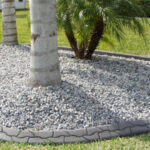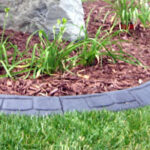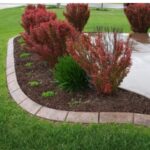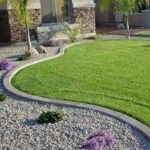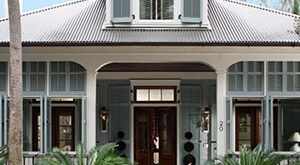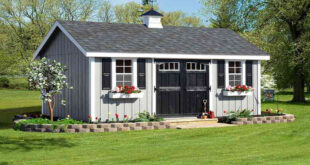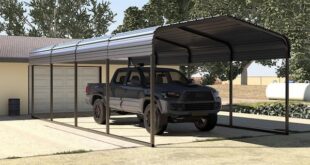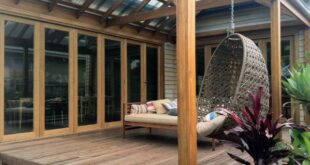Creating a beautiful and well-maintained landscape is something that many homeowners strive for. One way to enhance the look of your outdoor space is by adding landscape curbing. Landscape curbing, also known as landscape edging, is a decorative border that is added to the edges of flower beds, walkways, and other landscaping features. While it may seem like a small detail, landscape curbing can have a big impact on the overall look of your outdoor space. In this article, we will discuss the benefits of landscape curbing and provide a detailed guide on how to incorporate it into your landscape design.
One of the main benefits of landscape curbing is that it helps to define and separate different areas of your outdoor space. By adding a border to your flower beds or walkways, you can create a clean and polished look that makes your landscape appear more organized and well-maintained. Additionally, landscape curbing helps to prevent grass and weeds from encroaching on your flower beds, which can save you time and effort on maintenance.
Another benefit of landscape curbing is that it can increase the value of your home. A well-designed and professionally installed landscape curbing can enhance the overall curb appeal of your property, making it more attractive to potential buyers. Additionally, landscape curbing can help to create a cohesive and unified look for your outdoor space, which can increase the overall perceived value of your home.
In addition to enhancing the appearance and value of your property, landscape curbing also has practical benefits. By creating a barrier between your lawn and your flower beds, landscape curbing can help to prevent soil erosion and water runoff. This can be especially important in areas with heavy rainfall or poor soil quality, as it can help to protect your landscaping features from damage.
Now that we have discussed some of the benefits of landscape curbing, let’s talk about how you can incorporate it into your landscape design. There are many different types of landscape curbing available, including concrete, brick, and stone. Each type of curbing has its own unique look and benefits, so it is important to consider your specific needs and preferences when choosing the right material for your project.
Before you begin installing landscape curbing, it is important to carefully plan out your design and layout. Measure the areas where you want to add curbing and create a detailed plan that includes the dimensions and placement of each border. Once you have a plan in place, you can begin the installation process.
To install landscape curbing, you will need to dig a trench along the edges of your flower beds or walkways. Then, you can add the curbing material of your choice and secure it in place with stakes or adhesive. Once the curbing is in place, you can fill in the trench with soil or mulch to create a clean and seamless look.
In conclusion, landscape curbing is a simple yet impactful way to enhance the look and functionality of your outdoor space. Whether you are looking to define your landscaping features, increase the value of your home, or prevent soil erosion, landscape curbing can help you achieve your goals. By carefully planning your design and choosing the right materials, you can create a beautiful and well-maintained landscape that you can enjoy for years to come.
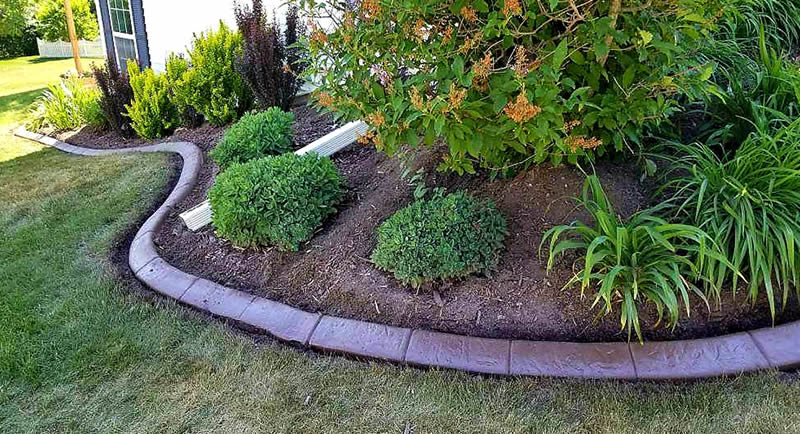
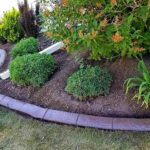
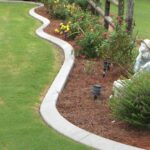
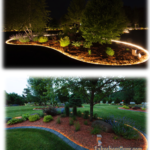
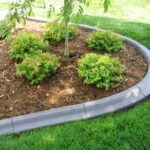
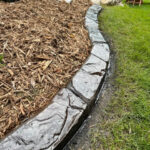
![Landscape Curbing Costs by Material [2024 Data] | An](https://elsesun.com/wp-content/uploads/2024/04/landscape-curbing-47921-150x150.jpg)
